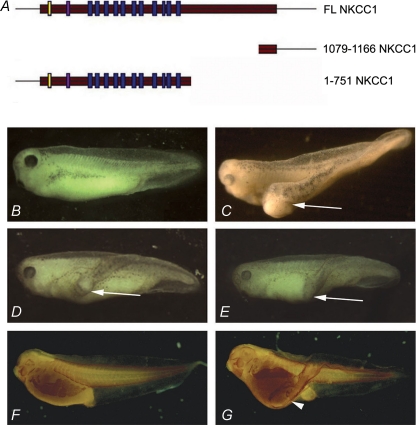Figure 2. Injection of NKCC1 mRNA in one posterior blastomere at 4-cell stage Xenopus laevis embryos induces partial secondary axis.
A, schematic diagram representing the three NKCC1 constructs: full length NKCC1 (FL NKCC1), a C-terminal deletion construct of 410 amino acids (1–751 NKCC1) and a heavily truncated form encompassing only 87 amino acids of the C-terminus (1079–1166 NKCC1). B, uninjected control embryo. C, injection of 4 ng N-terminal truncated NKCC1 (1079–1166 NKCC1) mRNA induces partial secondary axis (white arrow) in 48% of injected embryos (n= 87). D, injection of 800 pg full length NKCC1 (FL NKCC1) mRNA induces partial secondary axis (white arrow) in 45% of injected embryos (n= 87). E, injection of 800 pg C-terminal truncated NKCC1 (1–751 NKCC1) mRNA induces partial secondary axis (white arrow) in 62% of injected embryos (n= 65). F and G, staining with skeletal muscle-specific 12/101 antibody. F, uninjected control embryo at stage 33. G, 1079–1166 NKCC1 injected embryo at stage 33. White arrowhead indicates ectopic skeletal muscle present in secondary axis.

